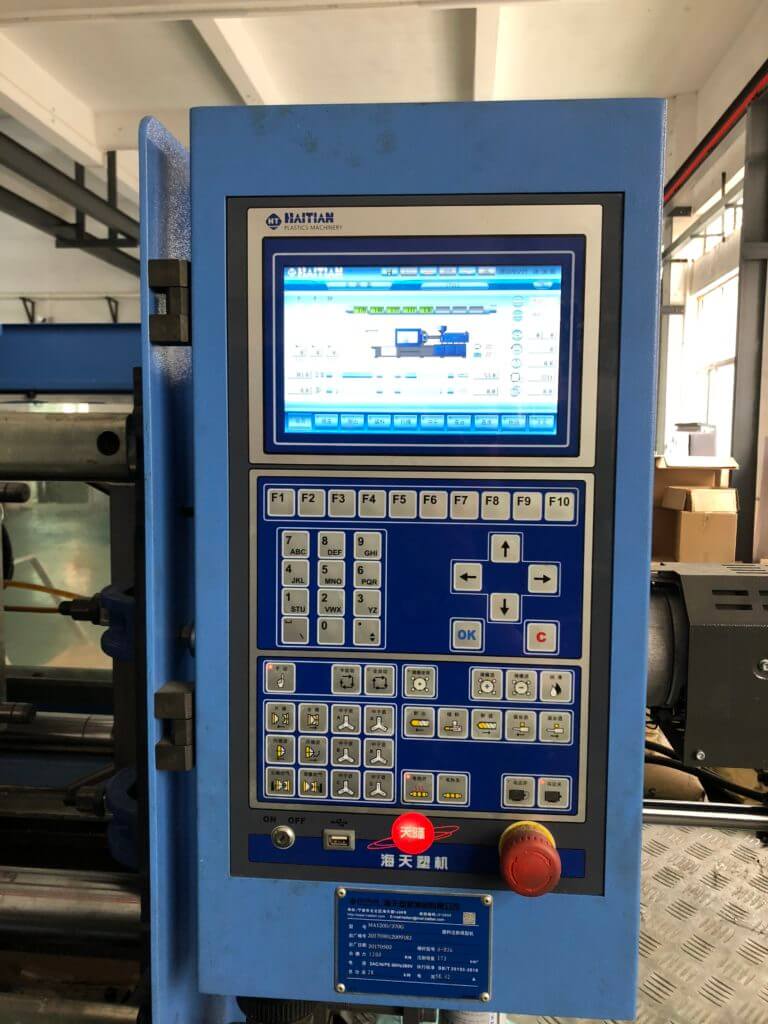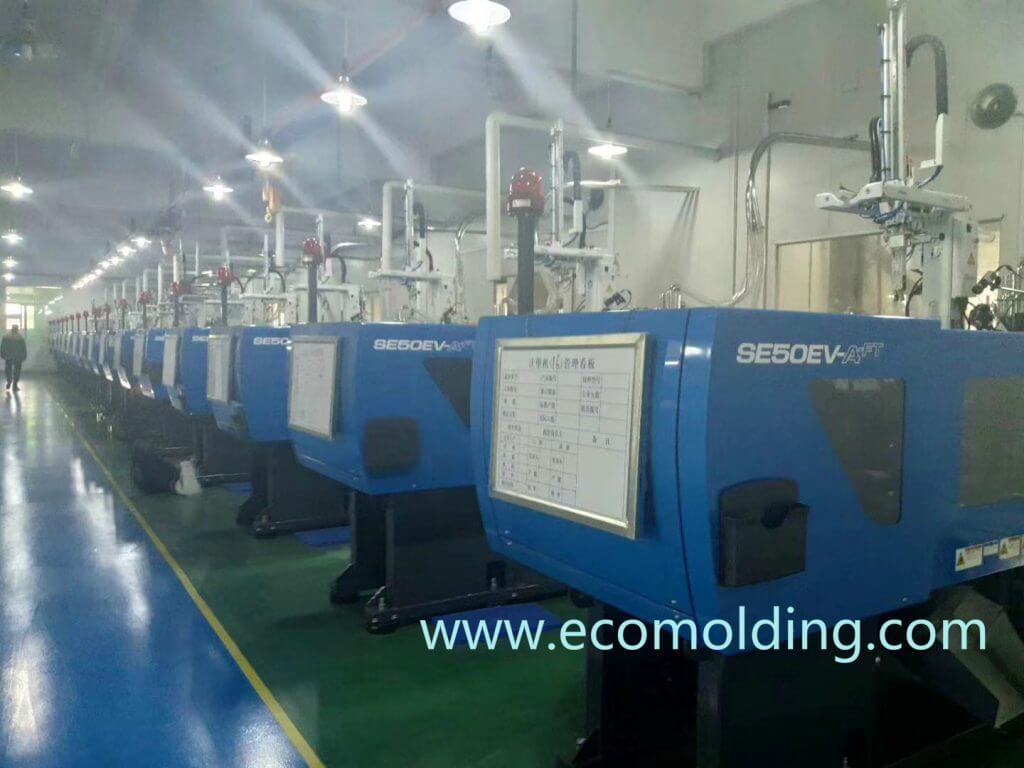1.Injection Pressure
Injection pressure is exerted by the hydraulic mechanism of the plastic injection molding system. This pressure is transferred from the hydraulic cylinder to the molten plastic through the molding screw, under which the molten plastic will be pushed to flow into the mold sprue (also known as the primary runner of some molds), the primary runner and the sub-runner via the nozzle of the plastic injection molding machine, and then finally get into the mold cavity through the gate. This process is referred to as the injection molding process or the filling process. The purpose of the pressure is to overcome the resistance occurring when the molten plastic is flowing; or to put it another way, the resistance occurring in the flowing process needs to offset by the pressure exerted by the injection molding machine, so as to facilitate smooth filling.

During the injection molding process, the injection nozzle features the highest pressure in a bid to overcome the resistance to flow throughout the whole process. After that, the pressure shows a trend of gradual decrease from the nozzle to the melt front as the molten plastic flows further. If the mold cavity vents well, the final pressure on the melt front will be equivalent to atmospheric pressure.
The injection pressure on molten plastic is influenced by a diversity of factors. To sum up, there are 3 categories: (1). Material factors, such a material type, viscosity, etc.; (2). Structural factors, such as type, quantity and location of the runner system, shapes of mold cavity and product thickness, etc.; (3). Molding process factors.
2.Value & Time of Holding Pressure
When the plastic injection molding process is drawing to an end, the screw will stop rotating but only keep moving forward. At this point, the injection molding process enters the pressure holding phase, during which period of time the injection nozzle continuously feed materials into the cavity, to fill up the empty space caused by product shrinkage. If the pressure is not held after the cavity is filled up, the product will shrink for about 25%. In particular, shrink marks will be left near the ribs due to enormous shrinkage. Usually, the value of the holding pressure is about 85% of the top injection pressure, which, of course, is subject to actualities.
3.Back pressure
Back pressure refers to the pressure that the screw has to overcome during its return action after injecting material. The application of a high backpressure helps distribute the pigments and melt the plastic, but at the same time, it also extends the screw’s return time, decreases the length of plastic fibers and raises pressure in the injection machine. As a result, the backpressure should be kept lower, usually not exceeding 20% of the injection pressure. Some injection machines allow backpressure programming to compensate for screw travel decrease, which will reduce heat input, causing the temperature to drop. However, since it is not easy to predict the changeable result, corresponding machine adjustment will a troublesome task.


